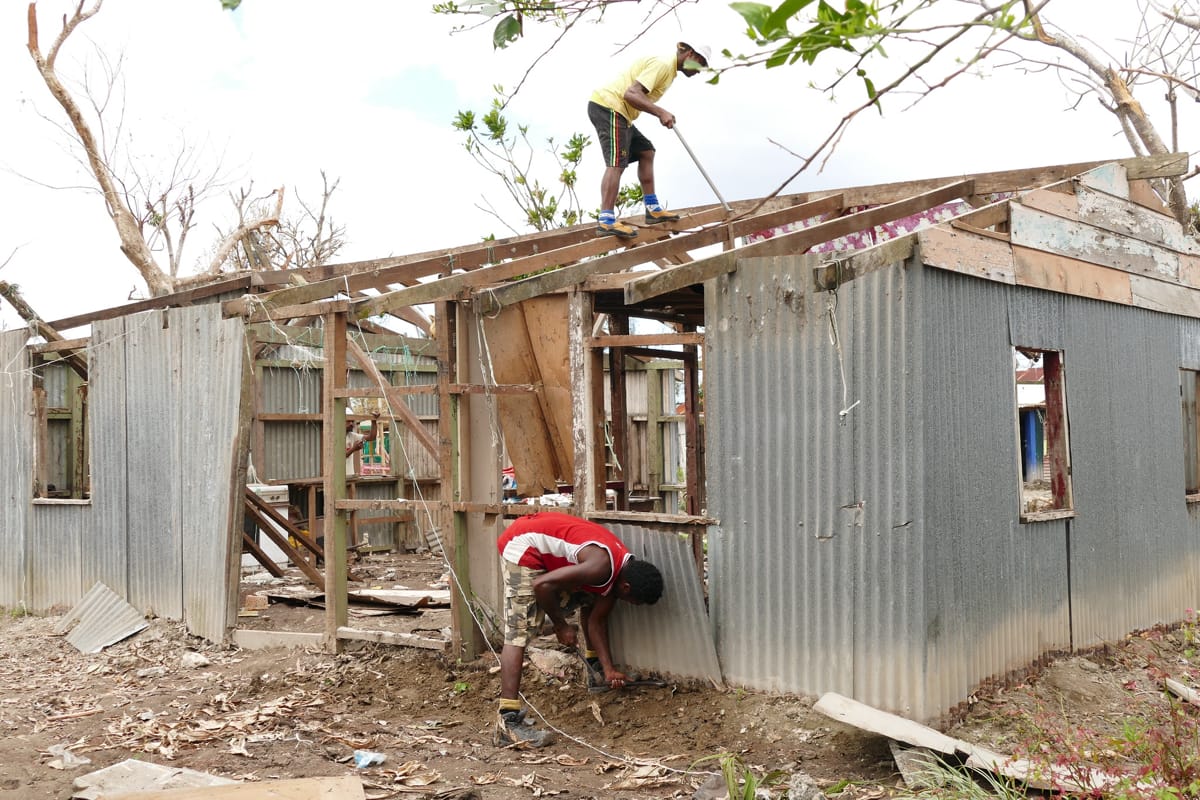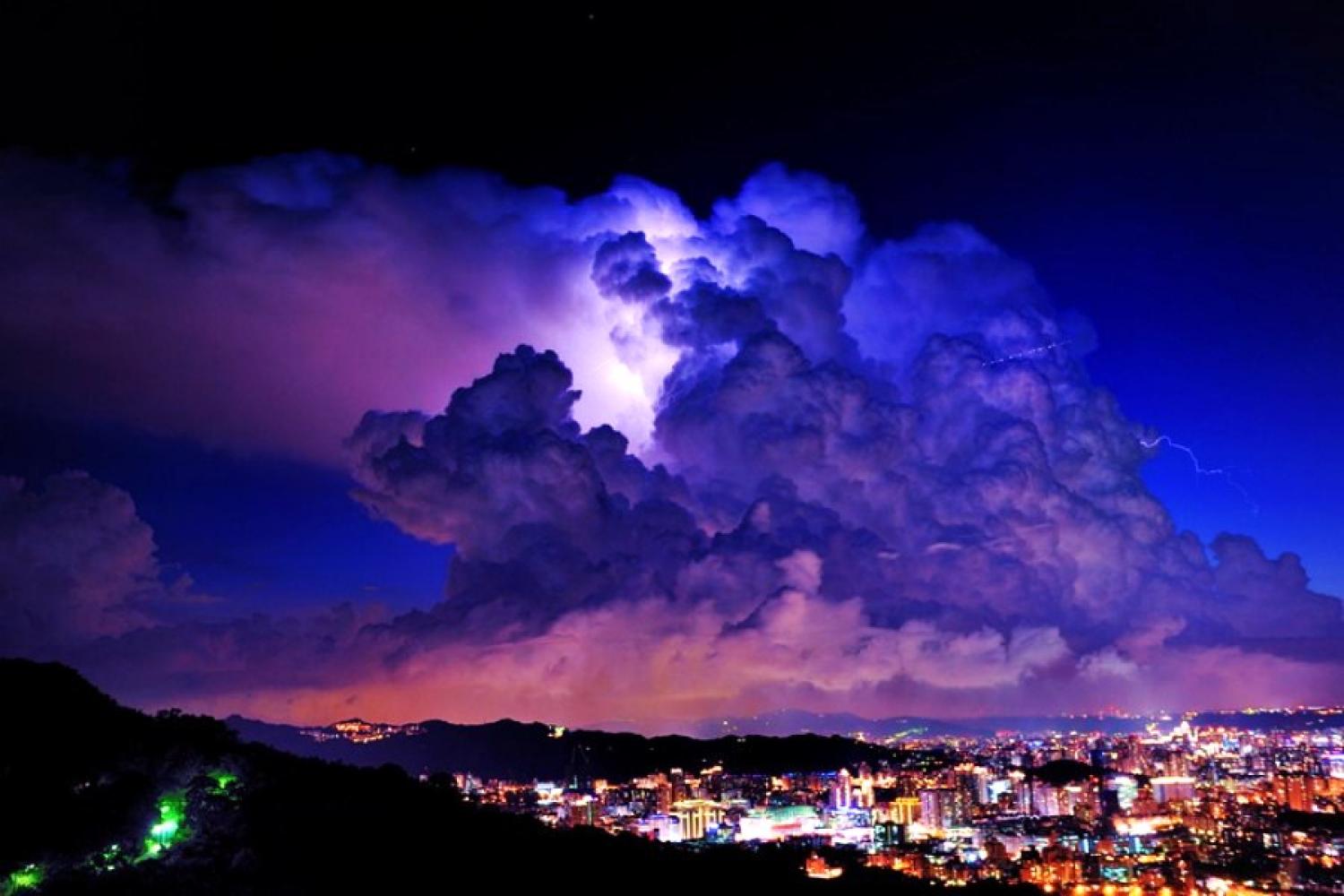Heard diplomats or analysts using a new turn of phrase only to wonder, “What does that mean?” Today we ask …
What is loss and damage?
In the context of international UN climate discussions, it means loss and damage caused by the consequences of climate change. These are events that were unlikely to have happened with such severity and frequency in the absence of global warming.
There are different types: extreme weather such as cyclones and floods, or events that happen over time such as sea-level rise or increased heatwaves. Sometimes, these events are so severe that people are forced to relocate. These unusually severe and more frequent weather events are now unavoidable because of the emissions already in the atmosphere. Countries or people are unable to adapt to these changes.
The events cause financial loss from destruction of infrastructure or income but also inflict non-economic loss. These are things that cannot be expressed in monetary terms, and can be anecdotal and personal such as the loss of your home, your culture or loved ones.
Who works out the losses and damage from climate change, and levels of compensation?
Since the recognition of loss and damage in the Paris Agreement in 2015, developed countries have been careful to avoid the term “compensation”, and have ensured that their decision does not provide any such right or liability. However, this did not hinder the agreement to establish the framework for a fund at the 28th climate summit in Dubai in 2023, as it does not refer to compensation.
Many questions remain unanswered. There is no mechanism that can calculate how much loss and damage a country has suffered that is attributable to climate change, or how much money countries are entitled to, who has priority, and what these funds can be used for. Although it is estimated that current loss and damage is in the order of at least US$1.7 trillion a year by 2050, no financial goal has been set for the fund and it is unlikely contributions will ever meet need.

What are the main points of international disagreement about loss and damage from climate change?
There are many points of disagreement. Loss and damage is caused by greenhouse gas emissions from burning fossil fuels. Most emissions have been produced by richer countries, which has helped them develop their economies, health systems and education systems. However, these historical emissions have a negative effect on everyone, including countries that did not emit nearly as much and also derived no benefits from them.
So, one point of contention is over how much fault lies with developed countries and whether they should pay for loss and damage caused by climate change. Developed countries are pushing back on full liability, in part because emissions are steadily rising among emerging economies, especially in Southeast Asia. China is today the world's largest polluter by far.
What are the strengths and weaknesses of the loss and damage agreement negotiated at COP28?
Negotiators tried to avoid mistakes that happened with other funds, where donors traditionally have strong control over how money is spent. This can result in projects that are unsuitable to the countries they are designed to help. The new “L&D Fund”, however, allows governments and national organisations to access and manage finance without an intermediary.
As for weaknesses, all contributions to the fund are voluntary and there is no sign that taxes or levies to replenish the fund (e.g. on airfares or shipping) are politically feasible. Also, the fund is administered by the World Bank, a decision that many criticised because: first, it is a lending institution; second, some of the most vulnerable and poorest countries are not eligible for funding because they are not shareholders; and third, the World Bank is not bound by the “rules” of the climate change convention as it does not fall under the UN system.

